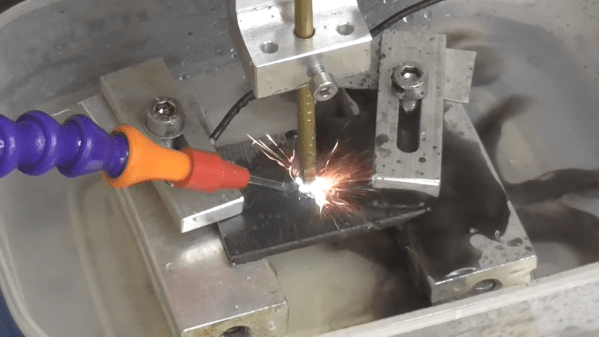Stock, the Casio W800-H wristwatch ships with dual time modes, multiple alarms, and a stopwatch – useful features for some. However, more is possible if you just know where to look. [Ian] decided to dive under the hood and enable a countdown timer feature hidden from the factory.
The hack involves popping open the case of the watch and exposing the back of the main PCB. There, a series of jumpers control various features. [Ian]’s theory is that this allows Casio to save on manufacturing costs by sharing one basic PCB between a variety of watches and enabling features via the jumper selection. With a little solder wick, a jumper pad can be disconnected, enabling the hidden countdown feature. Other features, such as the multiple alarms, can be disabled in the same way with other jumpers, suggesting lower-feature models use this same board too.
It’s a useful trick that means [Ian] now always has a countdown timer on his wrist when he needs it. Excuses for over-boiling the eggs will now be much harder to come by, but we’re sure he can deal. Of course, watch hacks don’t have to be electronic – as this custom transparent case for an Apple Watch demonstrates. Video after the break.
Continue reading “Modding A Casio W800-H With A Countdown Timer”




















